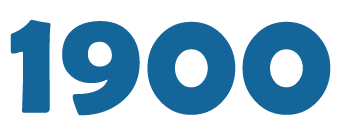Danh sách câu hỏi
Có 4,551 câu hỏi trên 114 trang
437
lượt xem
437
lượt xem
437
lượt xem
437
lượt xem
437
lượt xem
437
lượt xem
437
lượt xem
437
lượt xem
437
lượt xem
437
lượt xem
437
lượt xem
437
lượt xem
437
lượt xem
437
lượt xem
437
lượt xem
437
lượt xem
437
lượt xem
437
lượt xem
437
lượt xem
437
lượt xem
437
lượt xem
437
lượt xem
437
lượt xem
437
lượt xem
437
lượt xem
437
lượt xem
437
lượt xem
437
lượt xem
437
lượt xem
437
lượt xem
437
lượt xem
437
lượt xem
